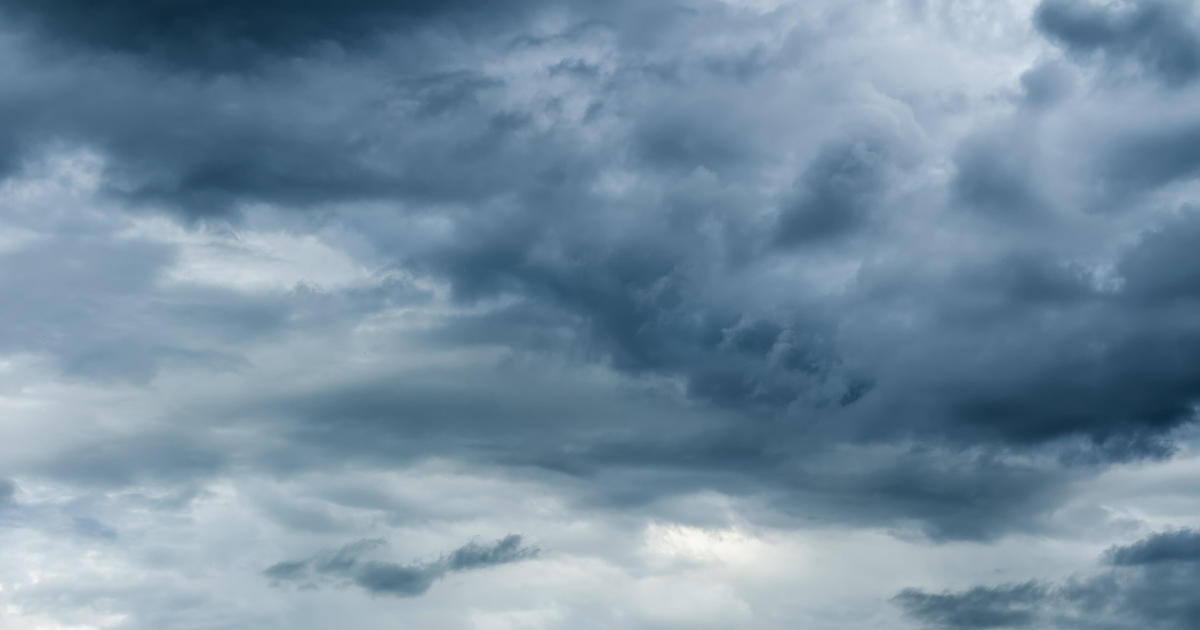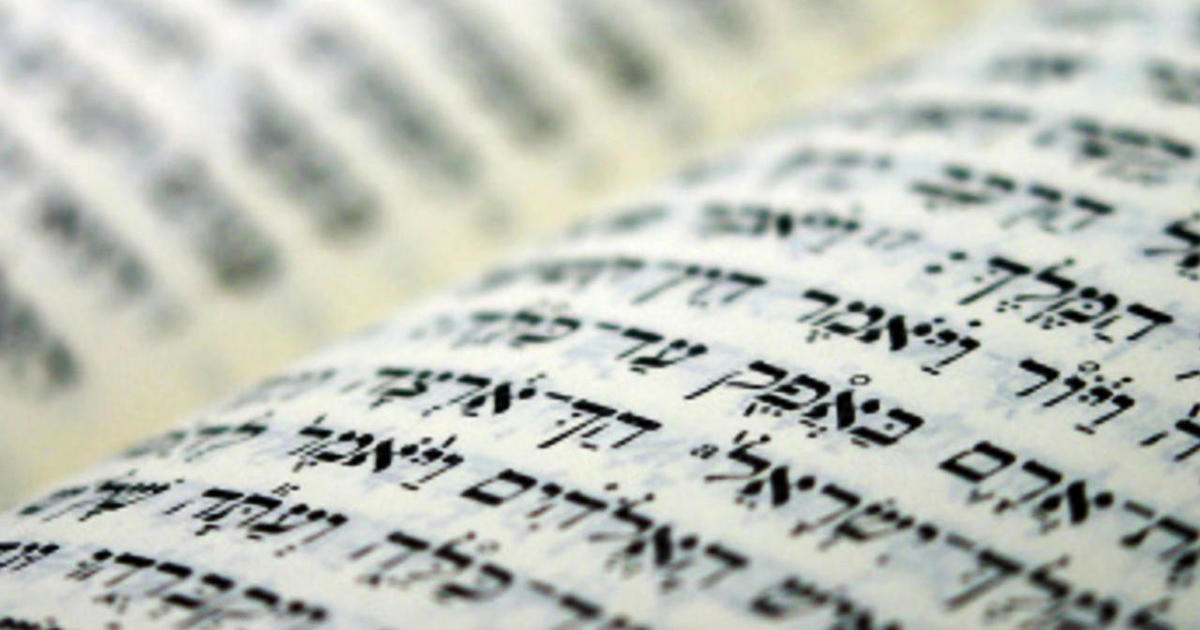How And When To See The 'Christmas Star' In North Texas Tonight, Clear Skies Expected
North Texans Bust Out Telescopes For Closer Look At Jupiter And Saturn's Astronomical Conjunction
NORTH TEXAS (CBSDFW.COM) - Those who miss tonight's major conjunction will have to wait until 2080 to witness another 'illusion of angle of view' of Jupiter and Saturn. (Stream As It Occurred Below From The University Of North Texas).
Both planets are 456 million miles apart, making tonight's "Christmas Star," which was 400 years in the making, even more special. Of course, the planets aren't really close together at all. It is only from the vantage point of Earth that they appear to almost kiss.
Jupiter, being closer to Earth and to the Sun than Saturn is moving at a much faster orbital speed than Saturn. And, from our perch here on Earth, we are essentially watching Jupiter catch up to and pass in front of Saturn. Given that the solar system is tilted, we are watching at an angle, hence why it is so rare that they actually pass directly over one another.
The best way to see it? Look on the southwest horizon about an hour after sunset.
For those interested in viewing the once in many lifetimes event, Nasa has released a set of guidelines to help spot the cosmic event.
- Find a spot with an unobstructed view of the sky, such as a field or park. Jupiter and Saturn are bright, so they can be seen even from most cities.
- An hour after sunset, look to the southwestern sky. Jupiter will look like a bright star and be easily visible.
- Saturn will be slightly fainter and will appear slightly above and to the left of Jupiter until December 21, when Jupiter will overtake it and they will reverse positions in the sky.
- The planets can be seen with the unaided eye, but if you have binoculars or a small telescope, you may be able to see Jupiter's four large moons orbiting the giant planet.
How To Photograph The Great Conjunction
Saturn and Jupiter are easy to see without special equipment, and can be photographed easily on DSLR cameras and many cell phone cameras.
Here are a few tips and tricks:
- These planets are visible in the early evening, and you'll have about 1-2 hours from when they are visible, to when they set. A photo from the same location can look completely different just an hour later!
- Using a tripod will help you hold your camera steady while taking longer exposures. If you don't have a tripod, brace your camera against something – a tree, a fence, or a car can all serve as a tripod for a several-second exposure.
- The crescent Moon will pass near Jupiter and Saturn a few days before the conjunction. Take advantage of it in your composition.
Tips If Using A Cellphone Camera
- Jupiter and Saturn will be bright enough to detect in many cell phone cameras. You won't see additional detail by zooming in, but you can frame Jupiter and Saturn creatively.
- Some recent cell phones have a 'night mode,' which will automatically stabilize a long-exposure, even without using a tripod. This can be great for capturing the dark foreground of your photo.
- Some phones will let you use 'night mode' on exposures up to 30 seconds, if you also use a tripod.
- Many cell phones have a wide-angle lens. Try using this to place a subject in the foreground, with Jupiter and Saturn above them.
- At the time of conjunction on December 21, Jupiter and Saturn may be too close to separate clearly in your photos. Images taken a few days before or after the conjunction may show them more clearly.
MORE FROM CBSDFW



